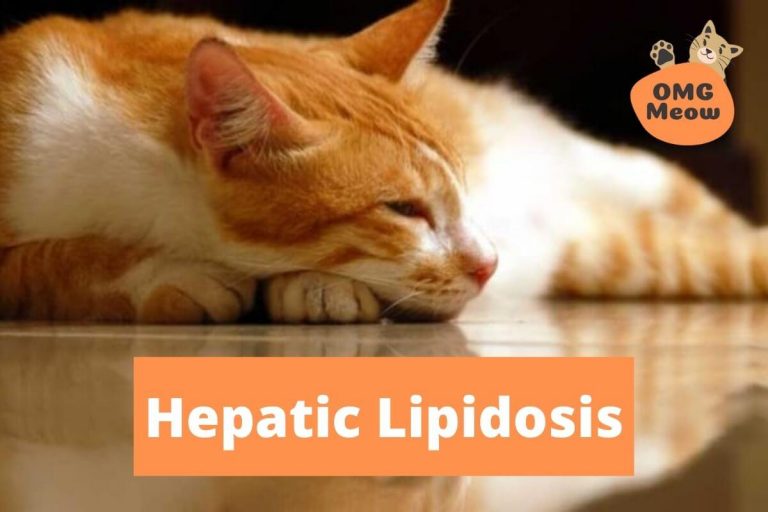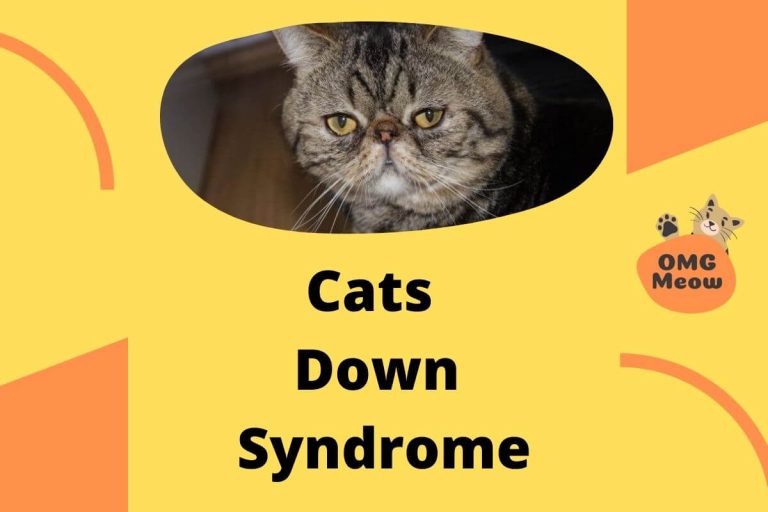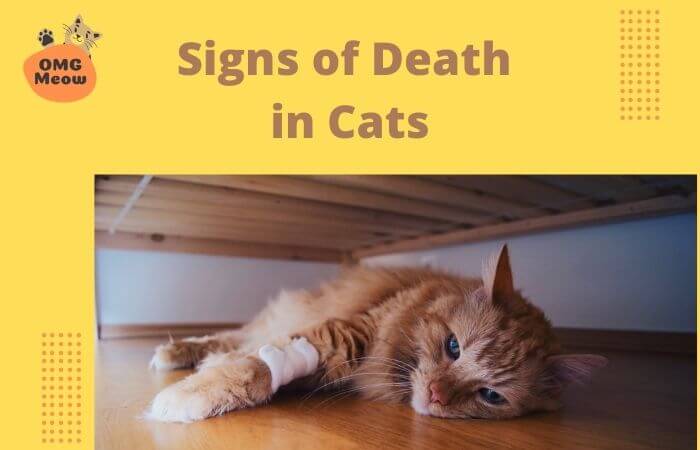Did you know that the number of diabetic cats around the world is getting higher and higher? As in humans, feline diabetes is characterized by an inability to properly produce or respond to the hormone insulin. As a result, the cat experiences elevated blood glucose levels.
Although obesity appears to be the most important risk factor for its development, it should be noted that diabetes can be associated with other triggers. It is known that some cats that are not obese can also suffer from it.
In this article, we show you a summary with the most relevant information about diabetes mellitus in cats: warning signs, common symptoms, diagnosis and forms of treatment, possible complications, prevention measures, as well as frequently asked questions about the feline diabetes symptoms, causes, types, prognosis of life and food.
Note. During the writing of this article, specialized sources in veterinary medicine were consulted. Even so, the information provided is not intended to contradict or replace the diagnosis and the indications of a professional.
How to know if a cat has diabetes? 7 Common symptoms
It is advisable to go to the vet if your cat has one or more of the following unusual symptoms:
Early symptoms of diabetes in cats
1. Increased thirst and urination
When glucose cannot properly enter cells, there is an increase in glucose circulating through the bloodstream ( hyperglycemia ). This in turn makes the kidneys have to work harder to filter all that excess glucose in the blood, hence a diabetic cat eliminates more water than normal when urinating.
As an owner, you may notice that your pet urinates a lot and seems to be thirsty all the time. Having to refill his water bowl frequently, or watching him look for alternative sources of water (faucets, toilets), could indicate that your cat is diabetic.
The high glucose concentrations in the urine of a cat with diabetes attract excessive amounts of water, resulting in increased urination, increased risk of dehydration, and a compensatory increase in thirst.
2. Unusual accidents
When urinating with great frequency, it is normal for diabetic cats to have “accidents” and not always make it to their litter box on time. In addition, feline diabetes is often associated with urinary tract infections, a problem that can also cause some incontinence.
3. Changes in appetite
While some cats with diabetes completely lose their appetite, others become extremely hungry. The latter is due to a reaction of the nervous system.
It is noted that changes in a cat’s appetite can be due to numerous causes, hence it is recommended to go to the vet first before jumping to conclusions.
4. Weight loss
Weight loss is another important sign that helps detect diabetes in cats. In both type 1 and type 2 diabetes, cells are unable to obtain their primary energy source, namely glucose.
To obtain the energy it needs, the body uses other sources, such as the breakdown of fats and proteins. Over time this leads to considerable weight loss, even in highly hungry diabetic cats.
Advanced feline diabetes symptoms
5. Decreased activity or weakness
The hyperglycemic state in cats results in low energy levels. The animal can become lethargic and disinterested. If your kitty seems to be sleeping more than usual, stops playing, or acts like she’s hiding, it’s best to see your vet.
It may interest you:
- Why Do Cats Sleep a Lot? Normal Sleep Time
- Why do Cats use the Litter Box? Common Problems and Errors
- Deworming in Cats What you Need to Know
6. Abnormal posture when walking
Occasionally, cats with diabetes develop problems with their nervous system. This can cause the disorder called diabetic neuropathy, in which case the cat would walk touching the ground with its hocks. This is what is known as “plantigrade posture”.
7. Vomiting
In advanced feline diabetes, where the body breaks down fat for use as an energy source, waste products called ketones accumulate. This build-up, also known as ketoacidosis, often causes nausea and vomiting.
Although occasional vomiting in cats is not usually a cause for concern, frequent vomiting can indicate that the pet is suffering from a dangerous condition.
How is diabetes in cats diagnosis?
Feline diabetes is diagnosed by testing blood and urine glucose levels. The persistently high levels of glucose in both fluids are a strong indicator of the condition.
In addition, the veterinarian will need information on any clinical signs, such as increased thirst and urination, or weight loss despite increased appetite.
The definitive diagnosis of diabetes mellitus in cats usually requires a specialized test called “fructosamine test serum” which shows average blood glucose levels over the last 7-14 days.
Did you know…?
Cats experience what is known as stress hyperglycemia, that is, temporarily high blood glucose concentrations due to stress during a veterinary checkup.
This is why the typical blood test cannot always be relied upon to diagnose diabetes, as it could show that a cat is diabetic when in fact it is not.
Instead, measuring the concentrations of the fructosamine molecule is considered a more accurate diagnostic method.
How is feline diabetes treated?
The treatment of diabetes in cats has 5 general objectives:
- Restore normal blood glucose levels (glycemic control).
- Minimize or eliminate weight loss.
- Minimize or eliminate signs of increased thirst and urination.
- Normalize the appetite.
- Avoid blood glucose levels that are too low once therapy is started.
One of the key steps in this treatment is the use of injectable insulin, which can be administered by the owner himself once he has learned how to do it.
Ideally, the vet will start by administering insulin intermittently and measuring blood sugar over a 12-24 hour period. This will allow you to set the type of insulin and the dosing frequency that best controls glucose ( treatment less likely to cause hypoglycemia ).
In addition to medication, dietary restrictions should be adopted, especially in the consumption of carbohydrates. Carbohydrate restriction appears to be very effective in controlling glucose levels in cats.
In underweight diabetic cats, it is usually recommended to administer several meals a day or allow access to food at all times. However, in cats that are overweight, work closely with the veterinarian to institute a weight loss program.
Remember that:
- Treating diabetes in cats may seem difficult, but this soon becomes routine for most owners.
- You should work closely with an experienced vet for the best results.
- Once the cat has been diagnosed with diabetes, it is best to start insulin therapy as soon as possible.
- You should always monitor their glucose levels at home.
- It is advisable to monitor your water intake, activity level, appetite, and body weight.
- A low-carbohydrate diet helps diabetic cats maintain healthy blood sugar levels.
- With careful treatment, your cat’s diabetes can go into remission.
How to care for Your diabetic cat?
In these below videos, you will learn step by step about caring for your diabetic cat.






